 Northern N.Y.; December 12, 2017. Research funded by the farmer-driven Northern New York Agricultural Development Program is helping regional dairies reduce the risk of winter-related mastitis.
Northern N.Y.; December 12, 2017. Research funded by the farmer-driven Northern New York Agricultural Development Program is helping regional dairies reduce the risk of winter-related mastitis.
The results of a study evaluating the use of two types of dairy cow udder applications for mastitis prevention are posted at www.nnyagdev.org.
Udder care on dairy farms includes the antiseptic practice of teat dipping prior to and after milking. During winter months, some farms modify teat dipping practices to reduce chapping and teat injury. The practices include blotting the teat end after post dipping to reduce excess moisture, switching to a different formulation of dip intended for winter use, or switching to a powder-based dip.
From early January to mid-February 2016, Cornell Cooperative Extension Regional Dairy Specialist Dr. Kimberley Morrill in collaboration with Cornell Quality Milk Production Services in Canton, NY, evaluated the use of a powdered chlorhexidine acetate teat dip vs. a traditional 1 percent iodine foam post-milking application.
The study was conducted with 331 Holstein milking cows in the dairy herd at Miner Institute in Chazy, NY.
Studies conducted on dairy farms in Idaho and Iowa respectively indicated that the powdered teat dip was as effective as iodine dip at controlling environmentally-based infections but increased the risk of contagious mastitis due to Staph aureus, a common mastitis pathogen.
Only 13 cases of clinical mastitis were seen among the 331 cows in the Northern New York study. Evaluation revealed no difference in clinical mastitis between the cows receiving the iodine teat dip and those treated with the powdered dip. The post-dip treatment with the powder did significantly increase the risk of a positive culture for Staph aureus and minor organisms and even more so the risk for a Streptococcus spp. or coliform-based infection.
Morrill notes that the research was conducted during a temperate winter, with temperatures ranging from 23 to 62.8 degrees Fahrenheit.
“This research suggests that powdered teat dip increases the risk of subclinical mastitis as compared to using a traditional iodine-based dip. To form a definitive recommendation, more trials are needed under the harsher winter conditions that are more typical of a Northern New York winter and might have produced different results,” Morrill said.
To reduce the risk of cold weather-related mastitis regardless of pre and post-milking application, Morrill advises dairy operators to make sure hygienic milking protocols are being used, equipment is well maintained, and teats are dry before the cows leave the milking parlor.
The results of this Northern New York Agricultural Development Program–funded dairy research were shared at the 2017 National Mastitis Council meeting.
The farmer-driven Northern New York Agricultural Development Program provides research and technical assistance to farmers in Clinton, Essex, Franklin, Jefferson, Lewis and St. Lawrence counties. Funding for the Northern New York Agricultural Development Program is supported by the New York State Senate and administered by the New York State Department of Agriculture and Markets.
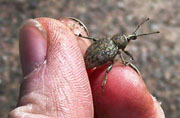 Cornell University entomologist Elson J. Shields and research specialist Antonio M. Testa have written an article on the “Biological Control of Alfalfa Snout Beetle with Persistent Entomopathogenic Nematodes: Expanding a Single Farm’s Success to an Area-Wide Biological Control Program” for the Winter 2017 issue of American Entomologist. The Northern New York Agricultural Development Program is acknowledged for its long-term funding of the research to develop the science of this project.
Cornell University entomologist Elson J. Shields and research specialist Antonio M. Testa have written an article on the “Biological Control of Alfalfa Snout Beetle with Persistent Entomopathogenic Nematodes: Expanding a Single Farm’s Success to an Area-Wide Biological Control Program” for the Winter 2017 issue of American Entomologist. The Northern New York Agricultural Development Program is acknowledged for its long-term funding of the research to develop the science of this project.
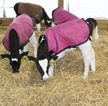
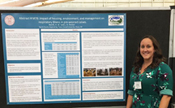

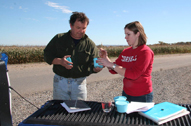
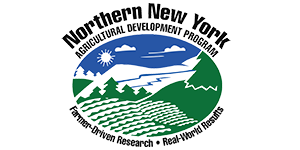 The farmer-driven Northern New York Agricultural Development Program provides research and technical assistance to farmers in Clinton, Essex, Franklin, Jefferson, Lewis and St. Lawrence counties. Funding for the Northern New York Agricultural Development Program is supported by the New York State Senate and administered by the New York State Department of Agriculture and Markets.
The farmer-driven Northern New York Agricultural Development Program provides research and technical assistance to farmers in Clinton, Essex, Franklin, Jefferson, Lewis and St. Lawrence counties. Funding for the Northern New York Agricultural Development Program is supported by the New York State Senate and administered by the New York State Department of Agriculture and Markets.
